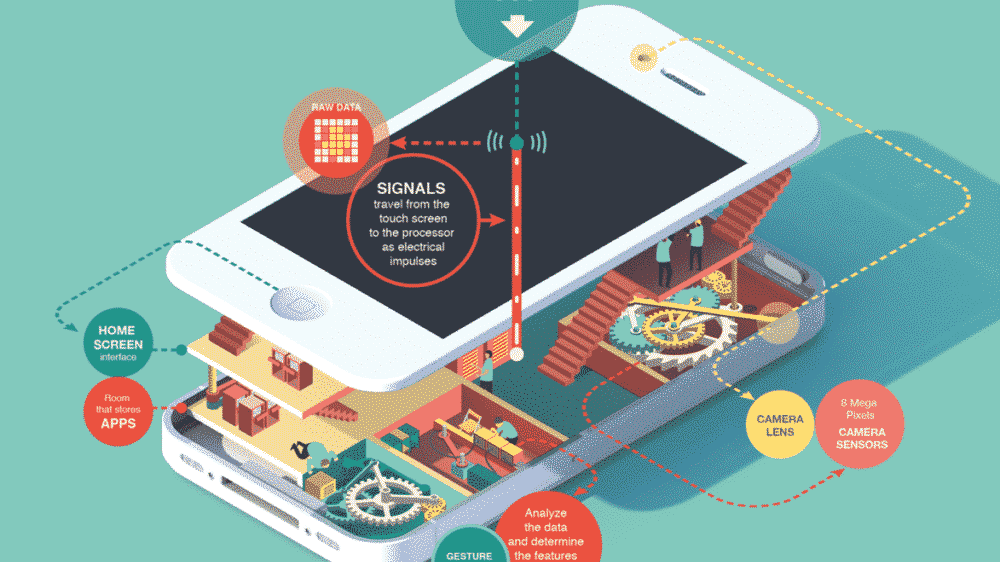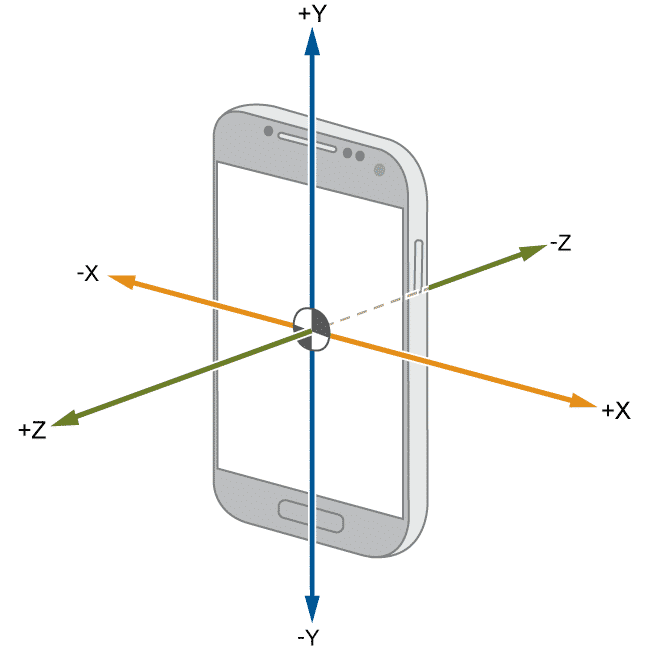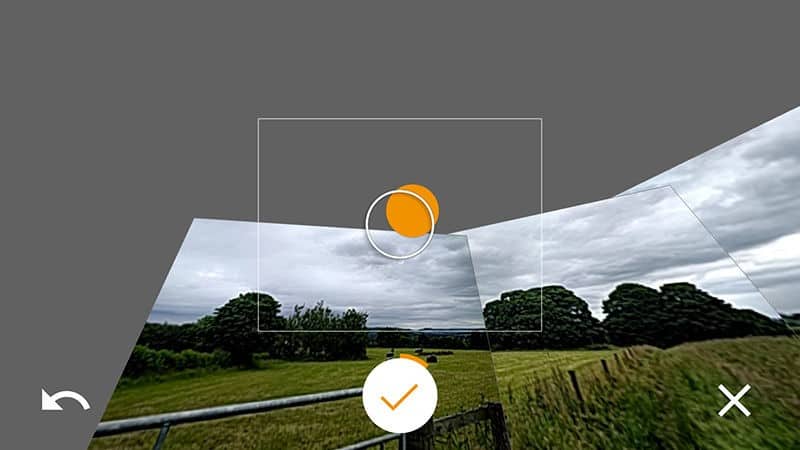The invention of smartphones changed our lives as we know it.
Today’s smartphones pack a dizzying amount of features and horsepower all thanks to phone makers combining a number of gadgets in one small gadget.
You no longer need to carry a Personal Digital Assistant (PDA), a camera, or even a GPS device with you. Everything is available in your smartphone.
Many of these features require sensors to complete a task. If you ever wanted to know all about the sensors on your phone and how they work, you’ve come to the right place.
What are these sensors and how do they help the phone in accomplishing these tasks? Read on to find out.
Global Positioning System (GPS)
GPS is a technology which can even guide you out of the thickest of the forests. Since our smart phones are connected to a number of satellites at one time, the GPS sensor on your phone makes sure that your location is accurately relayed to you.
There is a GPS unit inside the phone which receives a ping from the satellites. This helps in finding out which part of the world you are on. The interesting fact is that it doesn’t use our mobile data so we still won’t lose our location on the phone even if you lose the signals.
The feature has its own drawbacks. One of it is that it drains a lot of battery and that is why experts say to only enable it when you require the use of GPS. Another one is that if it’s raining heavily, or if you are underground, or in a place with thick walls, then you probably won’t be able to use it as the phone loses its capability of pinging the satellite.
Magnetometer
The name gives away the function of the sensor. It is another sensor which helps in locating the phone and it does so by measuring the magnetic field. That way the mag sensor tells us which way is North.
The sensors do the job with the help of varying voltages. Magnetometers are also found in metal detectors as it can detect magnetic fields and raise an alarm in that case.
The sensor gets activated when you go into the compass mode in your smartphone. The idea is that you can use it to navigate your way around in case the GPS doesn’t work for you.
However, do note that the magnetometer doesn’t work alone. It is primarily used with maps and works along with the GPS and the accelerometer.
Accelerometer
This sensor is responsible for measuring axis-based motion sensing. It can keep track of your steps even when your shoes are not connected to the phone. This is the main sensor used in AR (augmented reality) apps as they can identify the direction the phone is pointing in.
This app is also responsible for the speed you can see on your Snapchat as this sensor can measure your acceleration.
The sensor is made with a combination of other sensors which includes microscopic crystal structure that becomes stressed due to accelerative forces. The voltage coming from the crystals is then interpreted by the phone. This is how your phone figures out the speed at which it is moving.
Gyroscope
It was back in 2014 that this sensor made it big in the phone business. It helps the accelerometer in finding out the orientation of the phone. It makes the detection more precise.
Because of the gyroscope, we are able to stitch together 360-degree panoramas and play racing games which detect which direction we tilt our phones in.
These are the same sensors which are used in planes to detect the altitude of the aircraft.
But Wait There’s More!
There are many other small sensors working on your phone. The barometer is one of the examples of these. It detects the air pressure of the room and helps in detecting the weather changes.
Another one is the proximity sensor. It detects when the phone is near an object or your ear, so that it can turn off your screen. It works with an LED and light detector.
The last and my personal favorite is the ambient light sensor. It detects the light levels around you and adjusts the brightness of your screen according to that. The adaptive brightness feature on your smartphones uses the light sensor to work.
These sensors are present in mostly all the smartphones present in the market today. They use minimal amounts of battery. Five years from now, these sensors might get even more accurate. Who knows what else they’ll cram into our smartphones next.
Via Gizmodo


























Gyroscope is used to detect the ATTITUDE ( lateral and longitudinal movements) of the aircraft whereas, ALTITUDE of the aircraft is detected by measuring the DIFFERENCE of outside atmospheric pressure around the aircraft with the sea level pressure.
:)